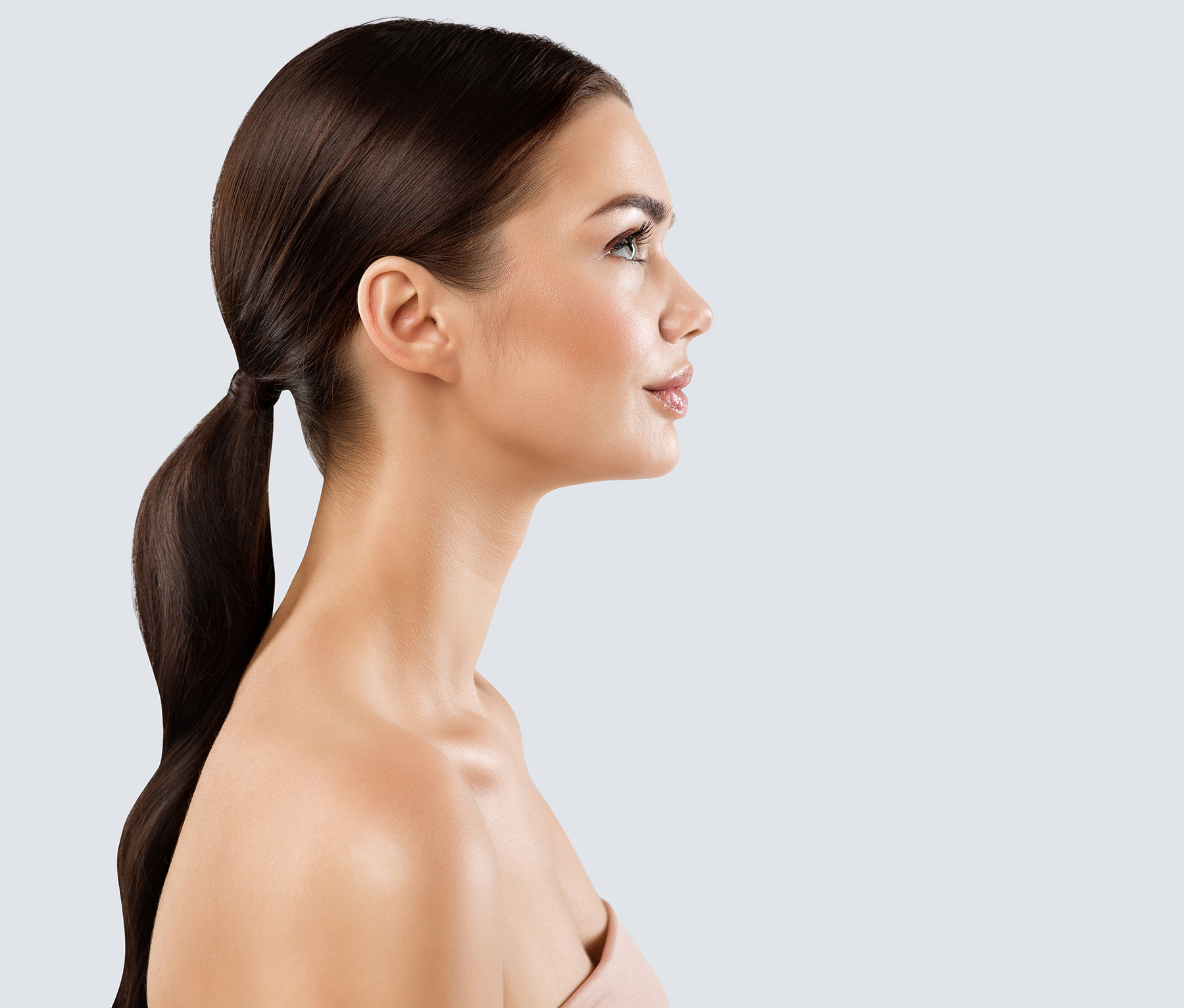Rhinoplasty is a method that improves the overall appearance of the face and allows for unobstructed breathing. Achieving a natural result for the nose is now possible only with the experienced medical staff of Figura.
Functional and aesthetic restoration of the nose, rhinoplasty aims to provide free and unobstructed breathing. It aims to improve the appearance, shape, and form of the nose. Rhinoplasty offers solutions in cases of genetic dysmorphia or dysfunction resulting from trauma. The dysmorphic nose may have the following characteristics: a hump on the bridge (dorsal hump), large size, crooked shape, problems with the nasal tip (large nasal tip, boxy tip, droopy tip), large nostrils, or a deviated nasal septum (deviation) causing breathing difficulties.
In modern medicine, two techniques of rhinoplasty are applied, closed and open. In open rhinoplasty, the surgeon has direct visibility of the nasal framework, and surgical interventions are performed with detail and greater precision. General anesthesia and appropriate surgical training are required in both cases. In the closed method, there are no visible scars, while in the open method, there is a small incision in the columella.

How is it carried out?
Before the intervention, a detailed medical history is required from the patient’s side. Then, the patient is extensively informed about the procedure, indications, contraindications, outcomes, complications, and postoperative course of the intervention.
Prior to the surgery, the nose is photographed, and preoperative tests are conducted (complete blood count, urinalysis, glucose, urea, creatinine, electrolytes, and if deemed necessary, hormonal testing, electrocardiogram, and chest X-ray).
The surgery lasts 90-120 minutes, and the patient remains in the clinic for 1 night. Special tampons are placed for 2 days after the completion of the intervention, and if a nasal splint has been placed, it is removed 7-15 days later.
After the surgery, mild discomfort is usually observed, which is limited with analgesics, bruising under the lower eyelids gradually subsides within 7-10 days, and temporary swelling resolves. Stitches are usually removed after 8-10 days.
Recovery is usually immediate, and you can return to your daily routines from the first days. Swelling usually subsides within 30 days, and the final aesthetic and functional result is visible.
Complications are usually not observed. The procedure can be combined with facial aesthetic therapies for an even more impressive result.
Schedule a free evaluation with our doctor!
Fill in and send the form below to win the offer!